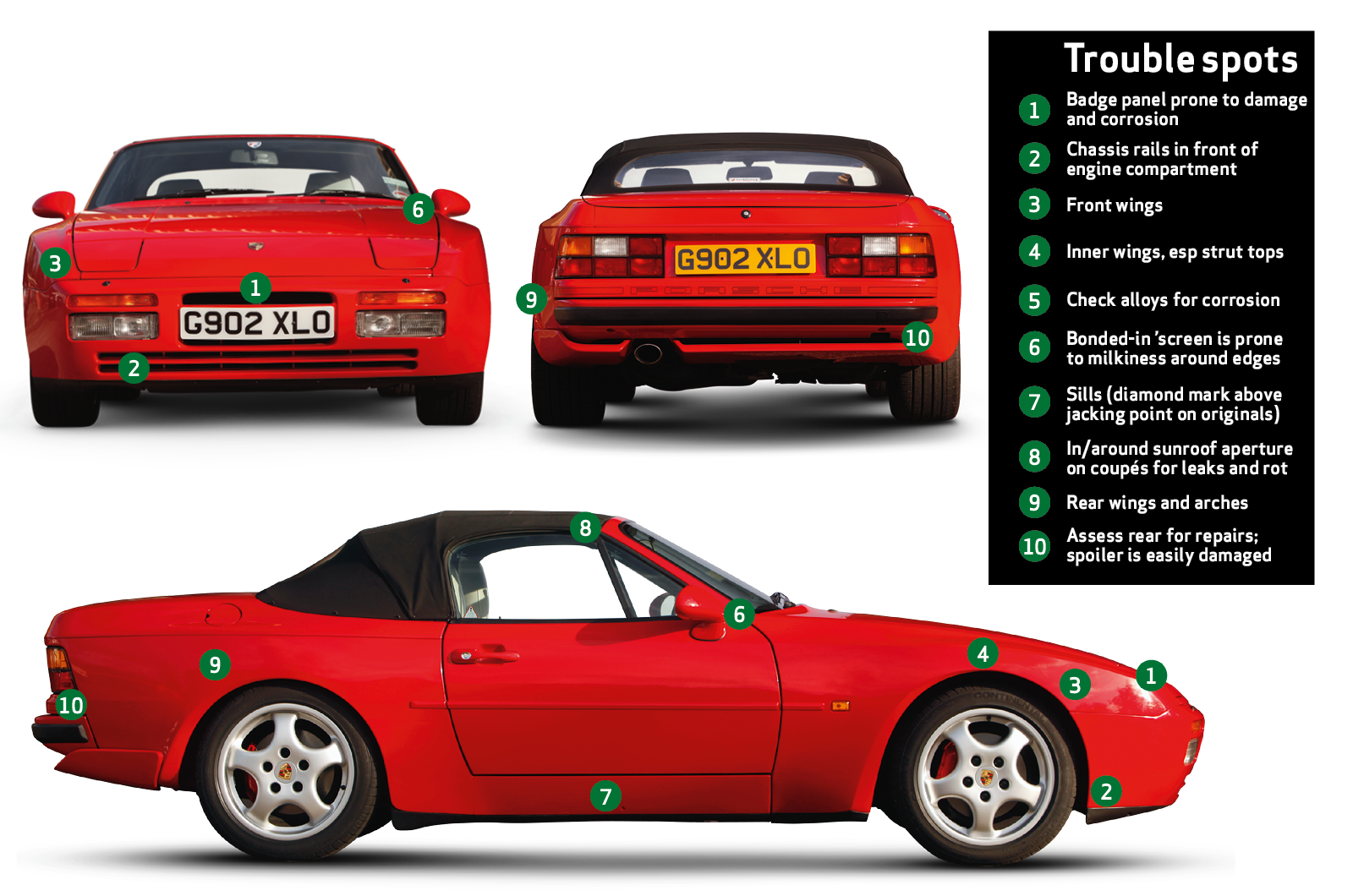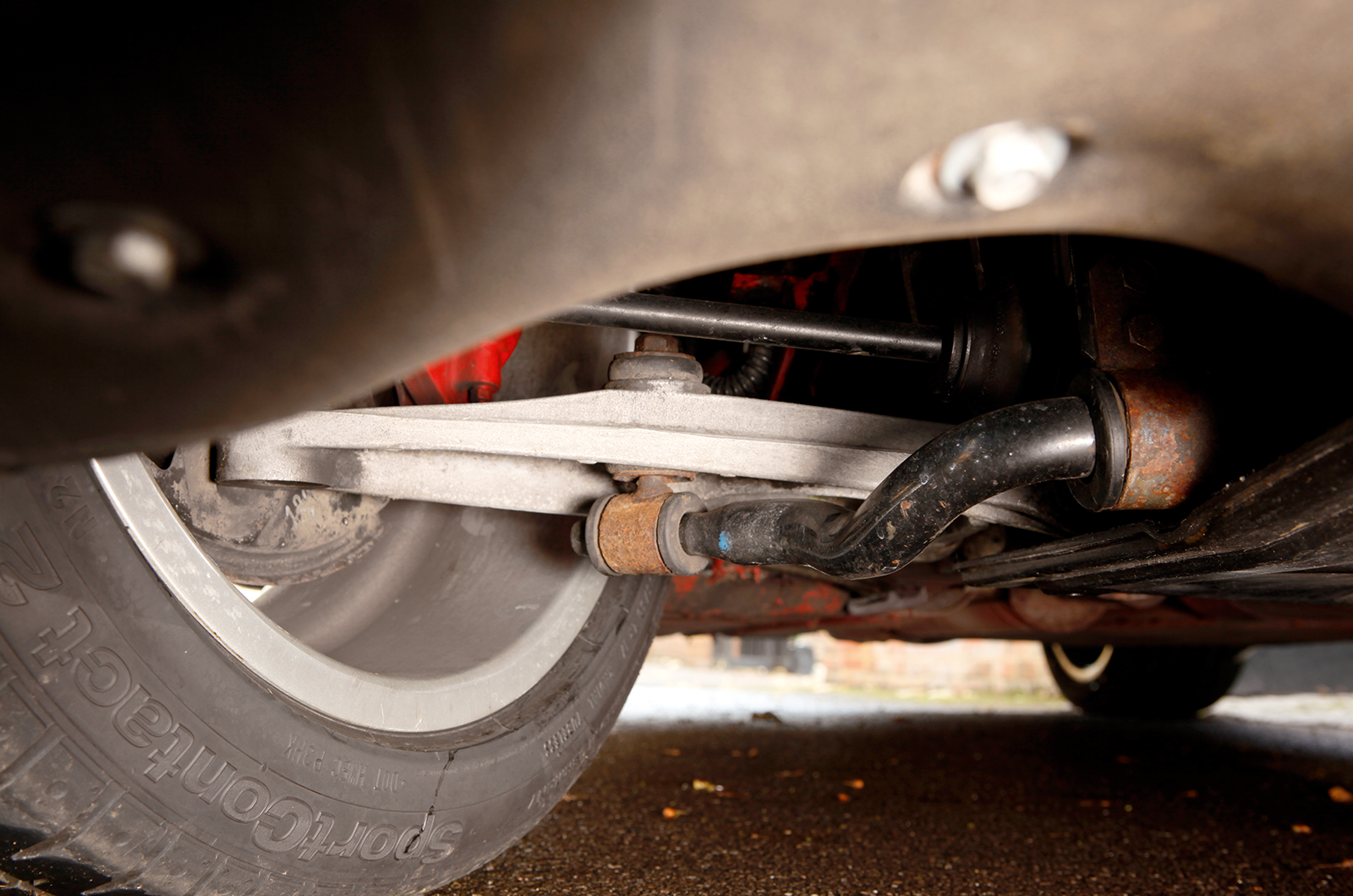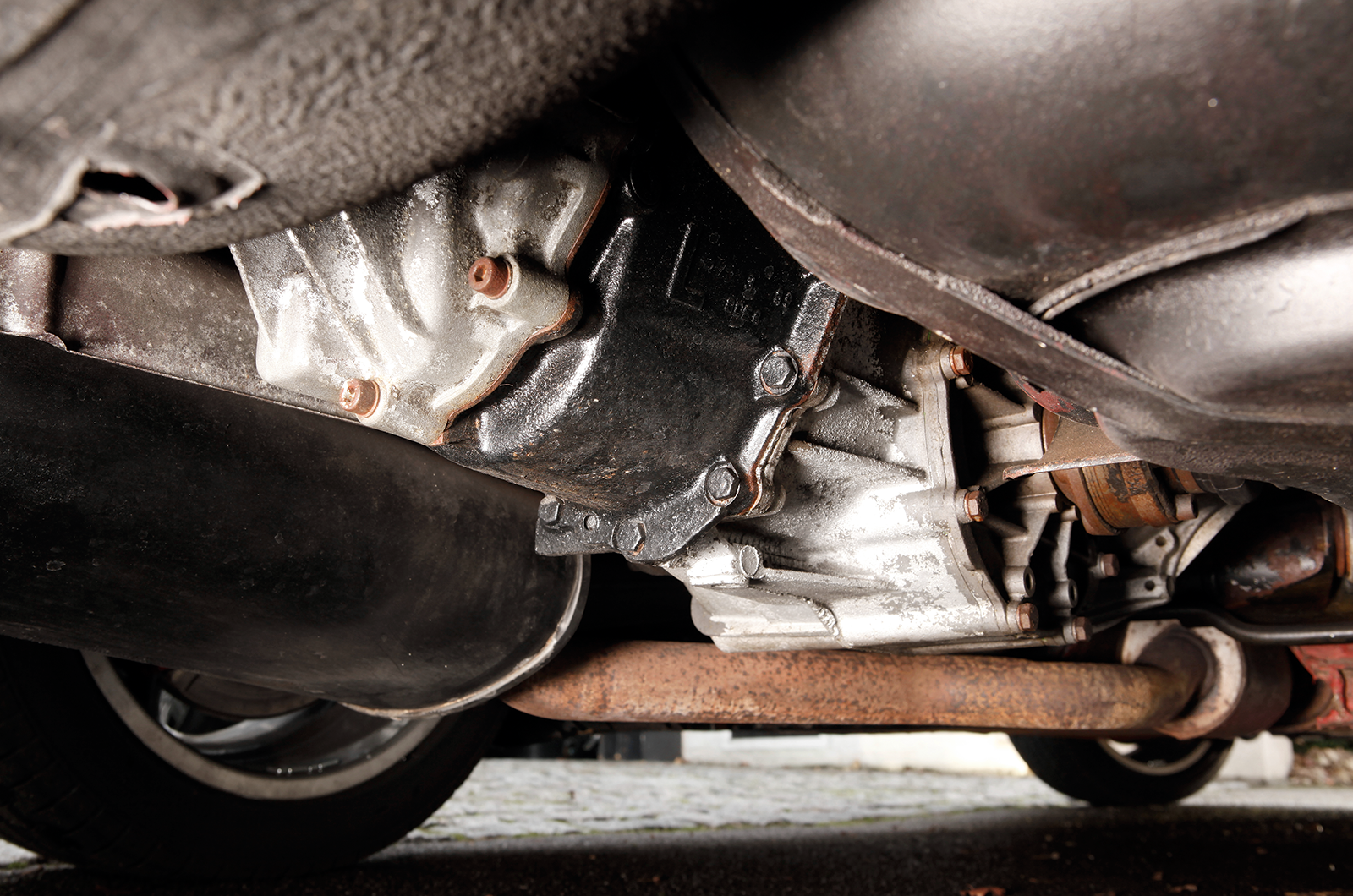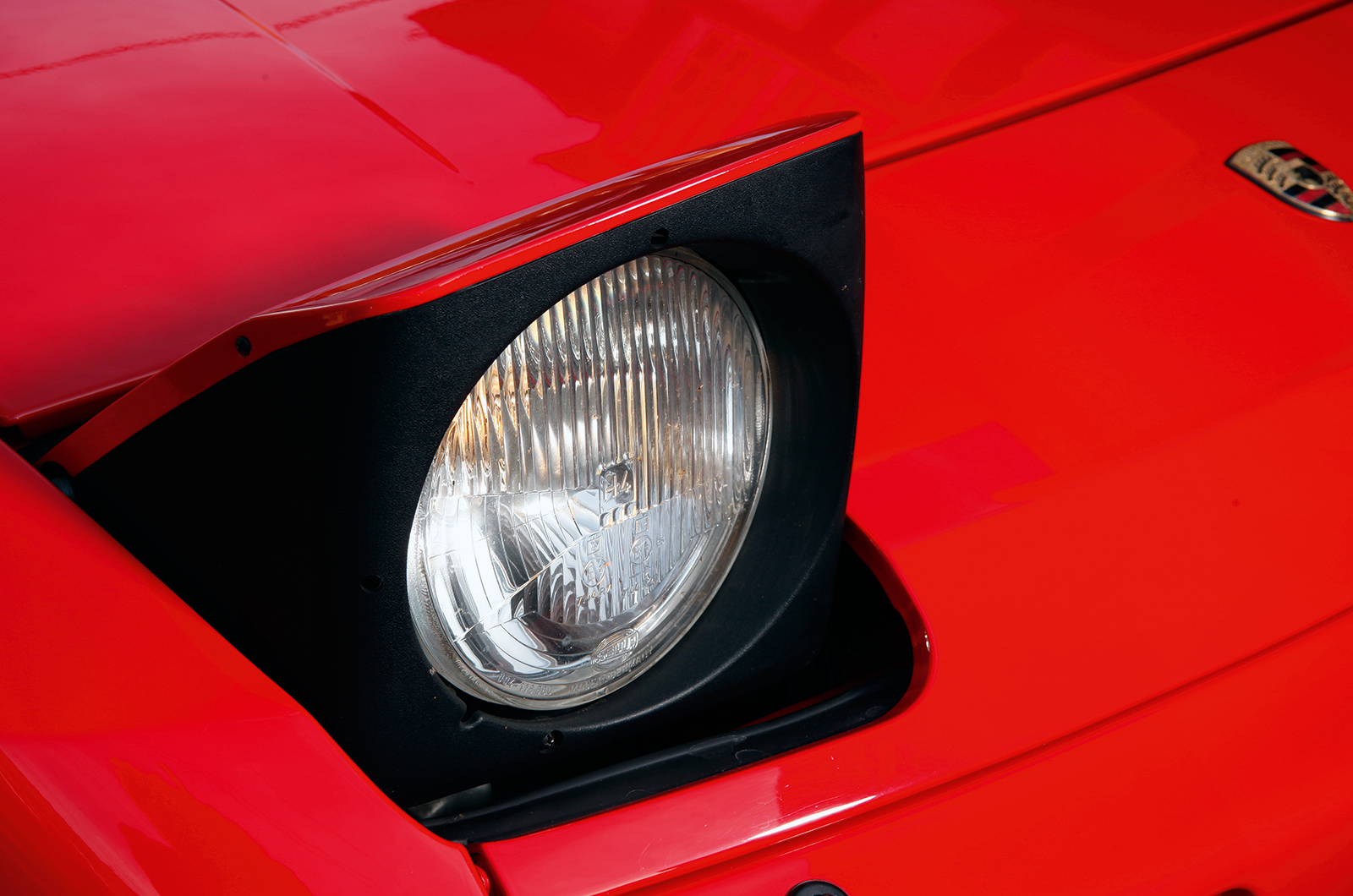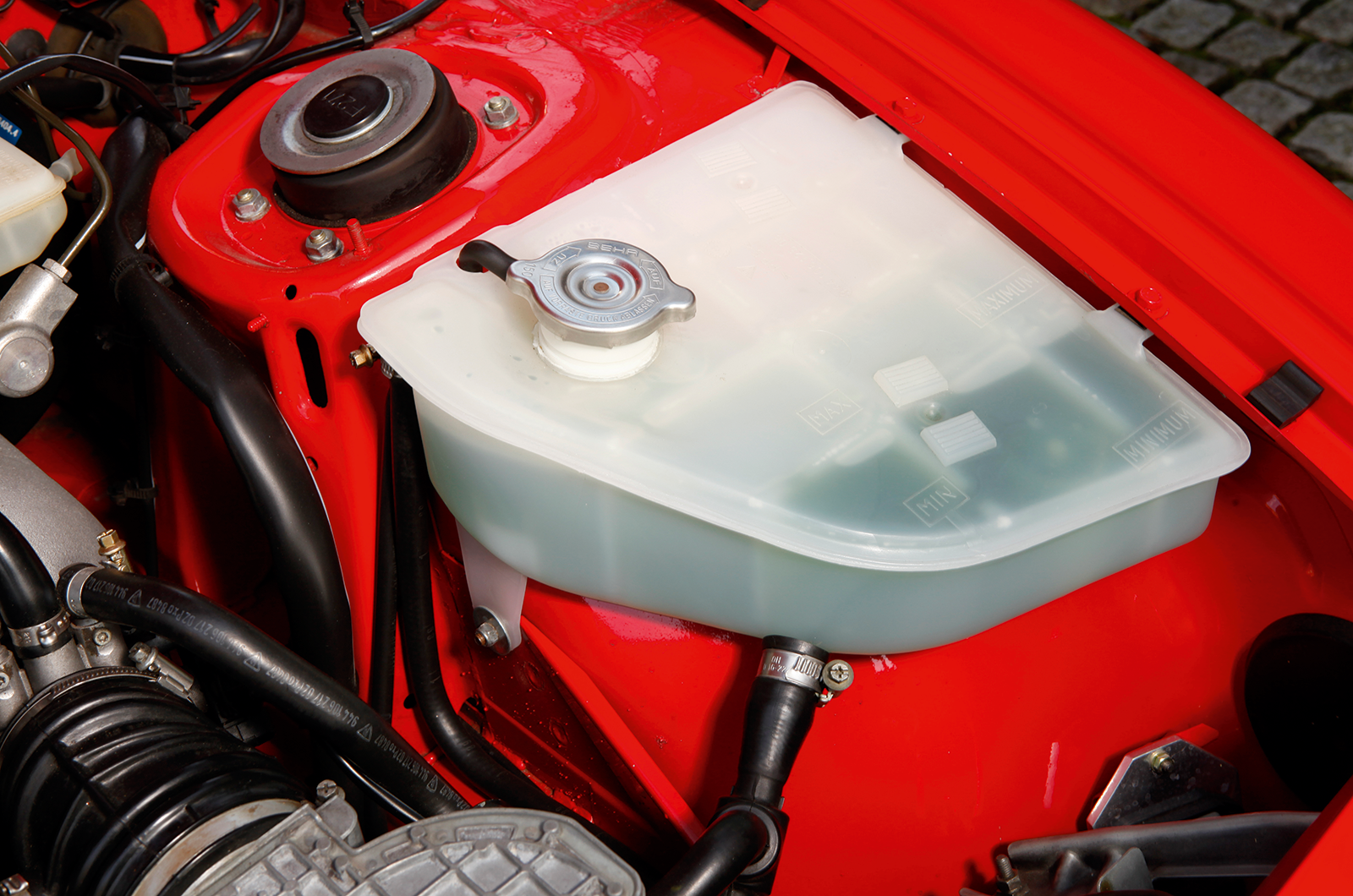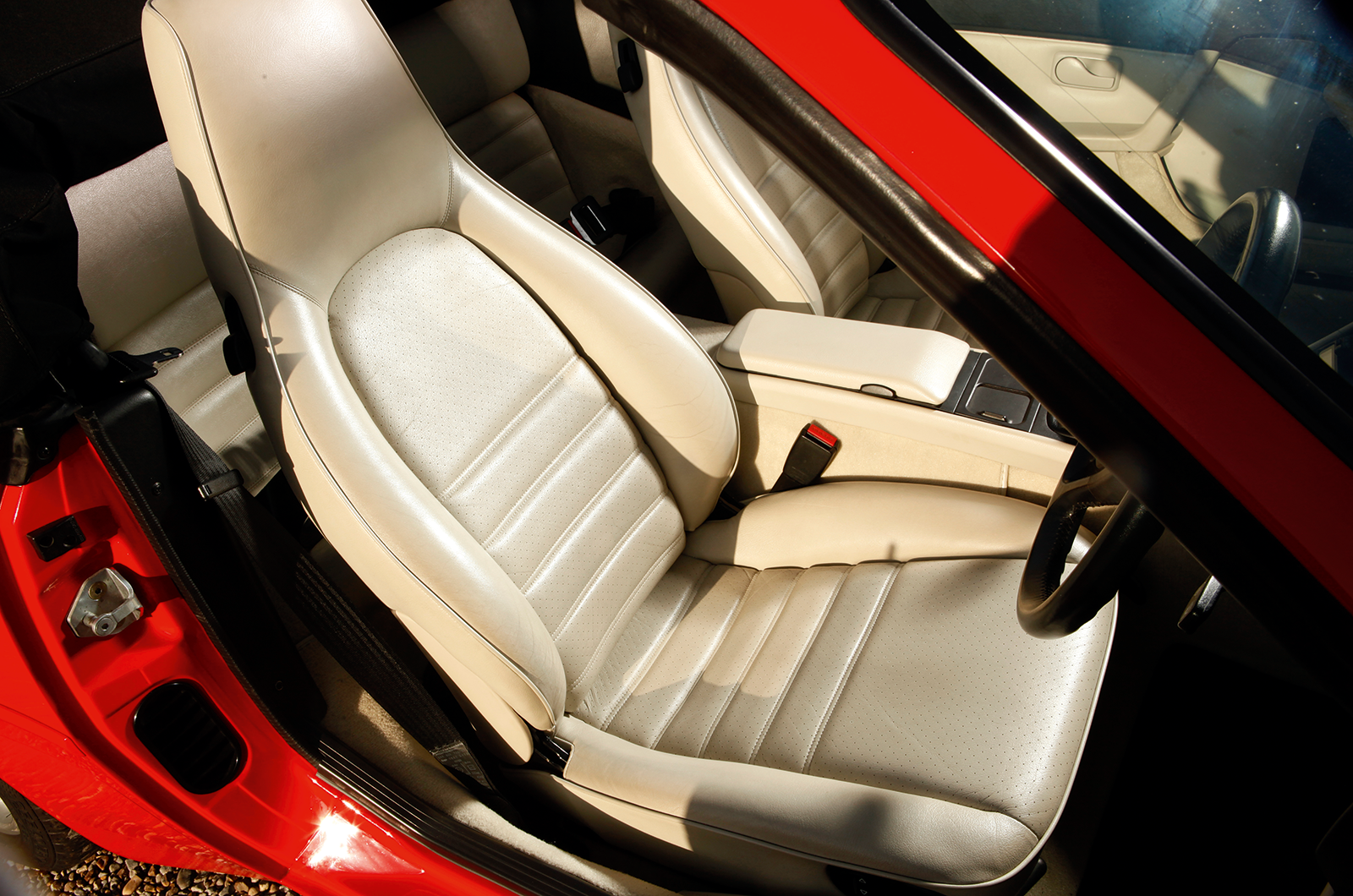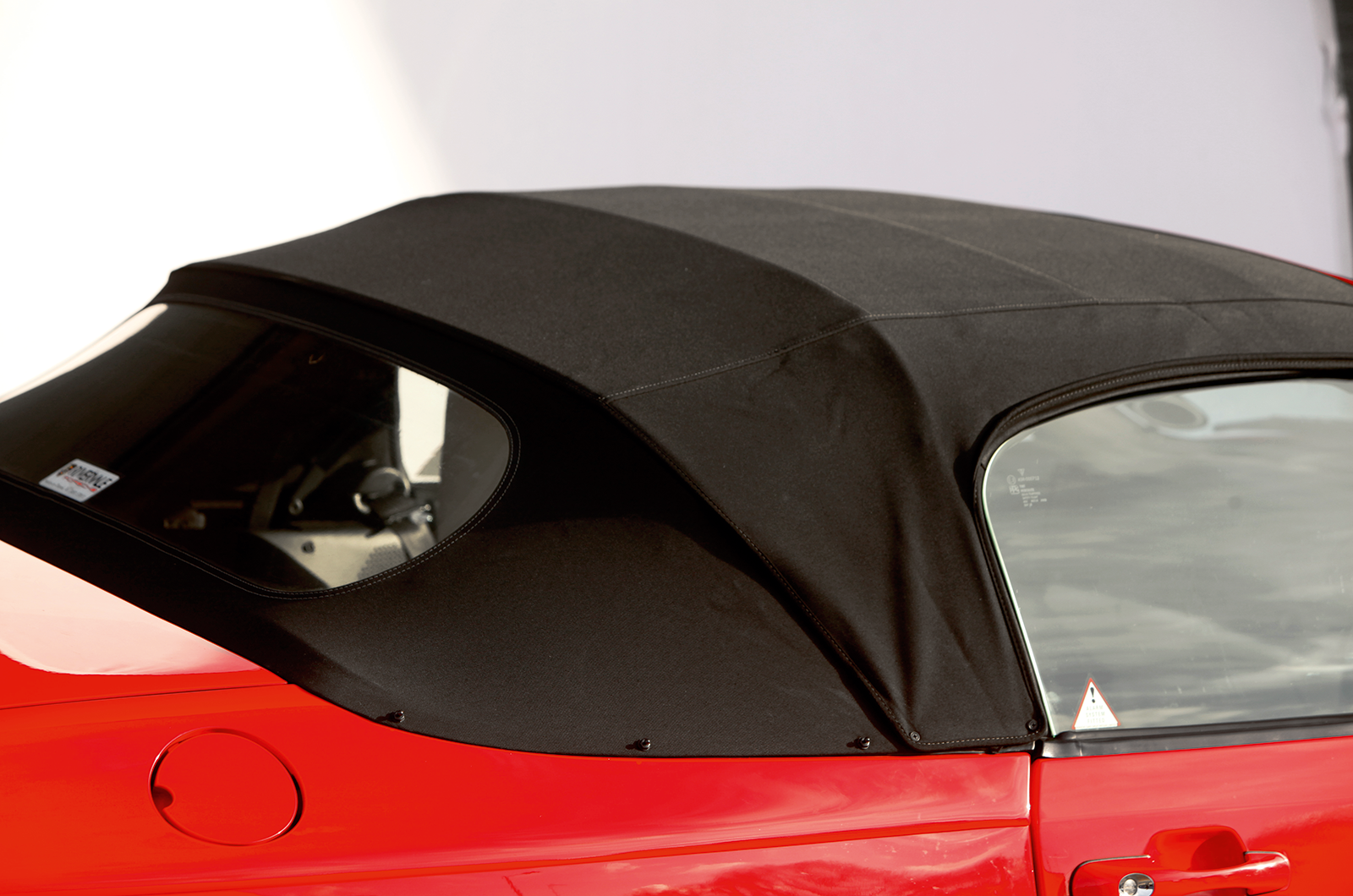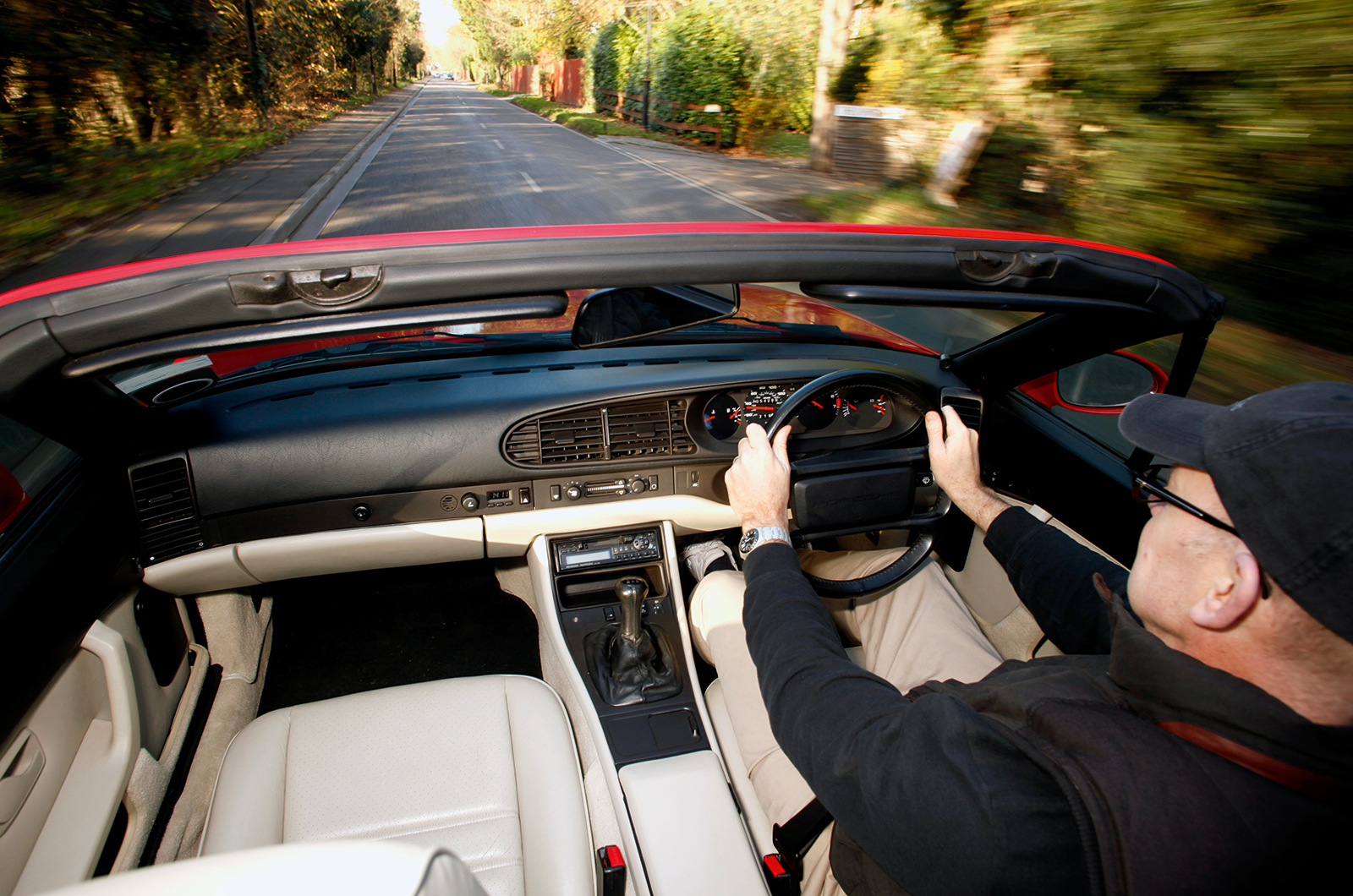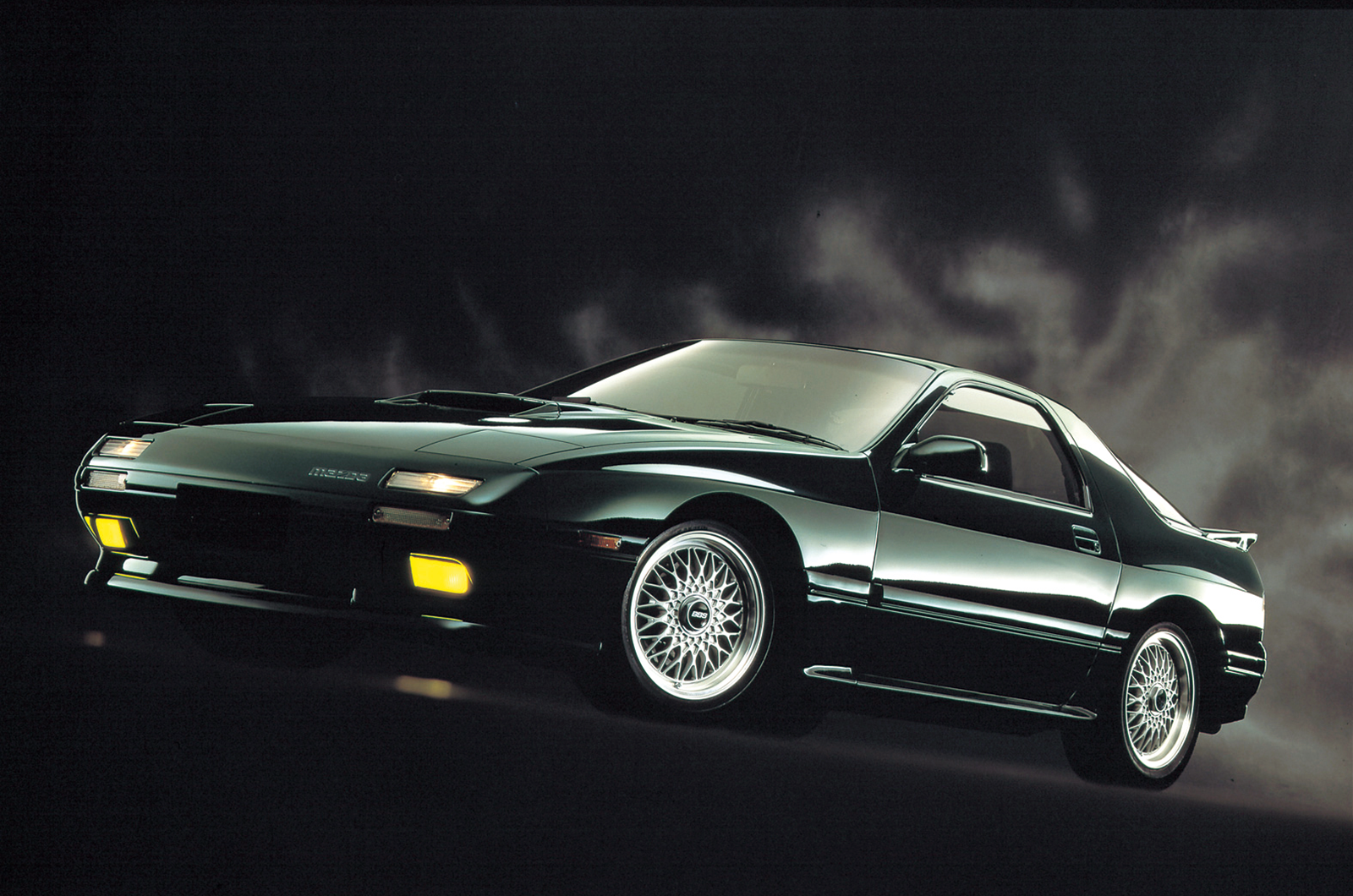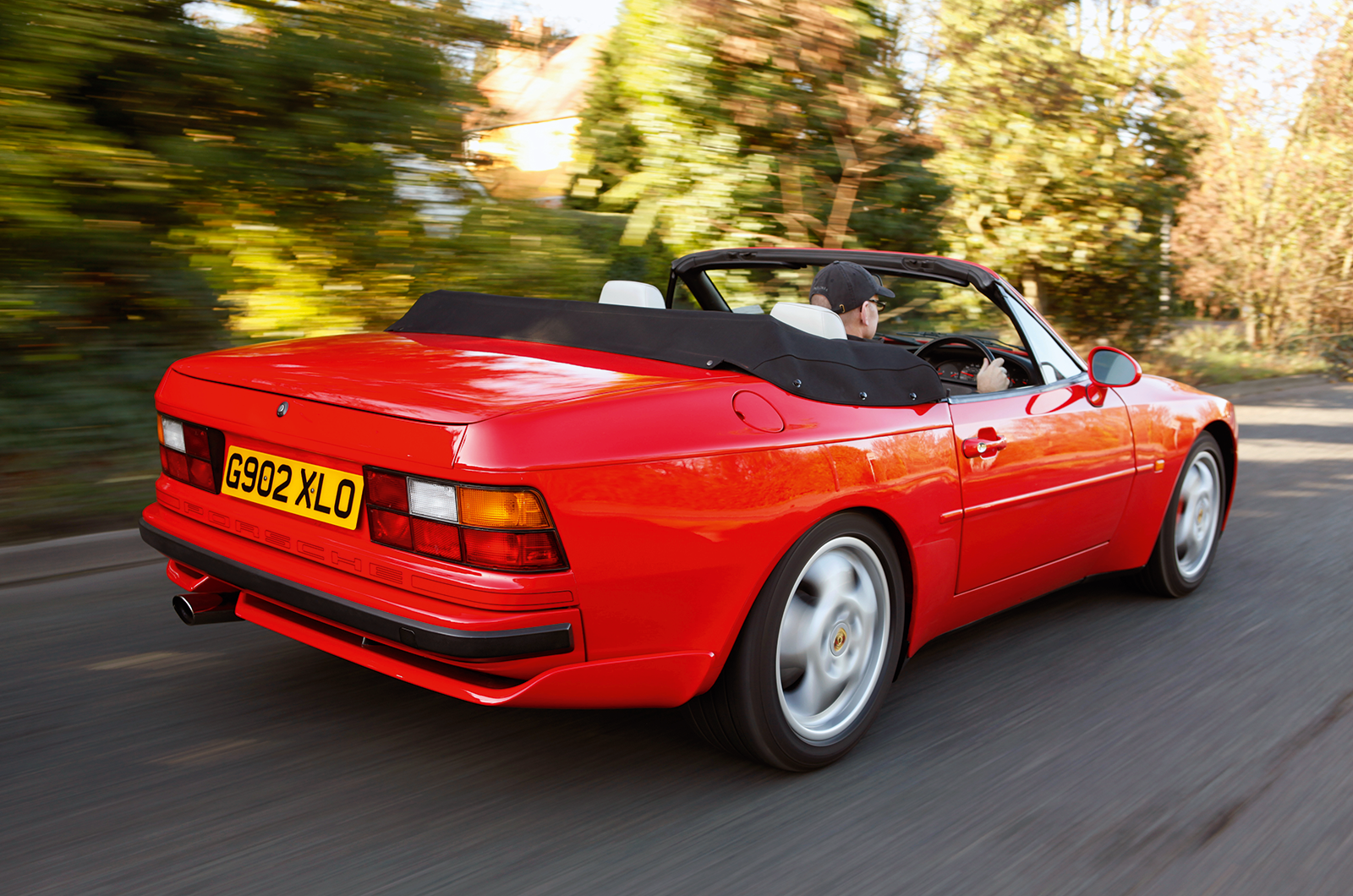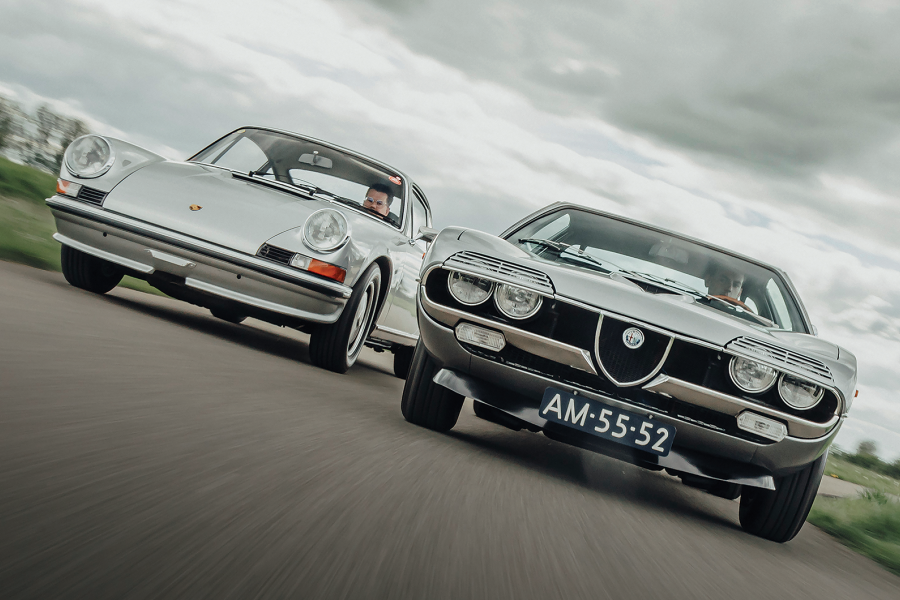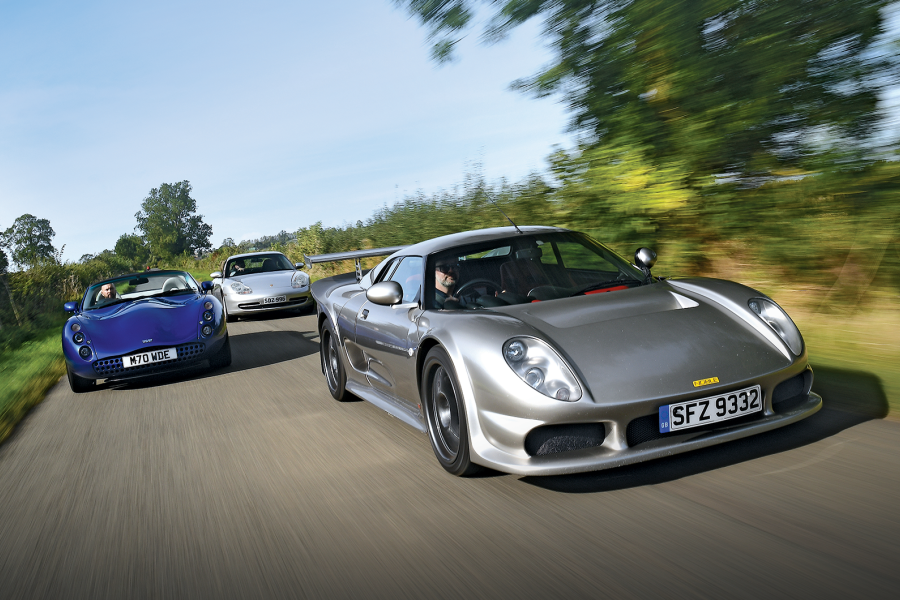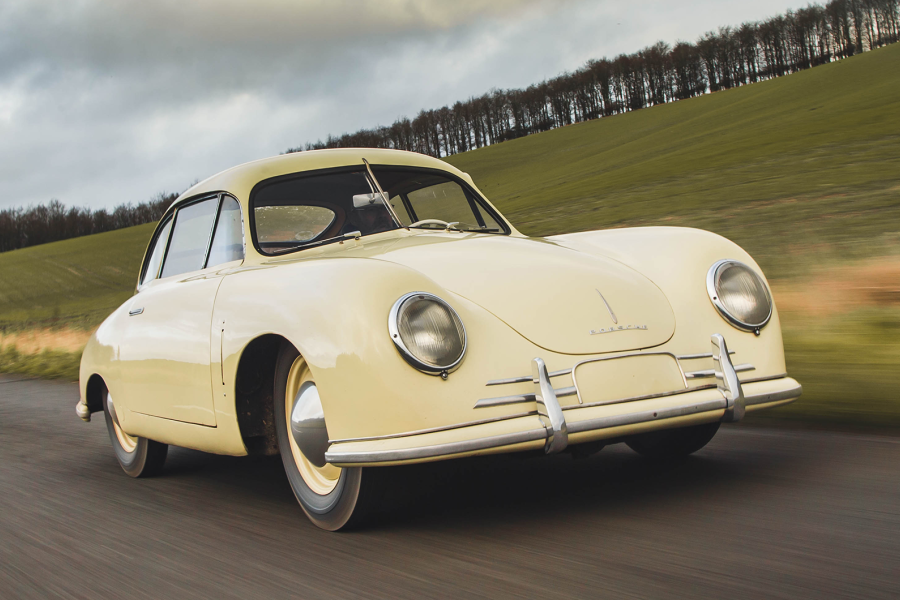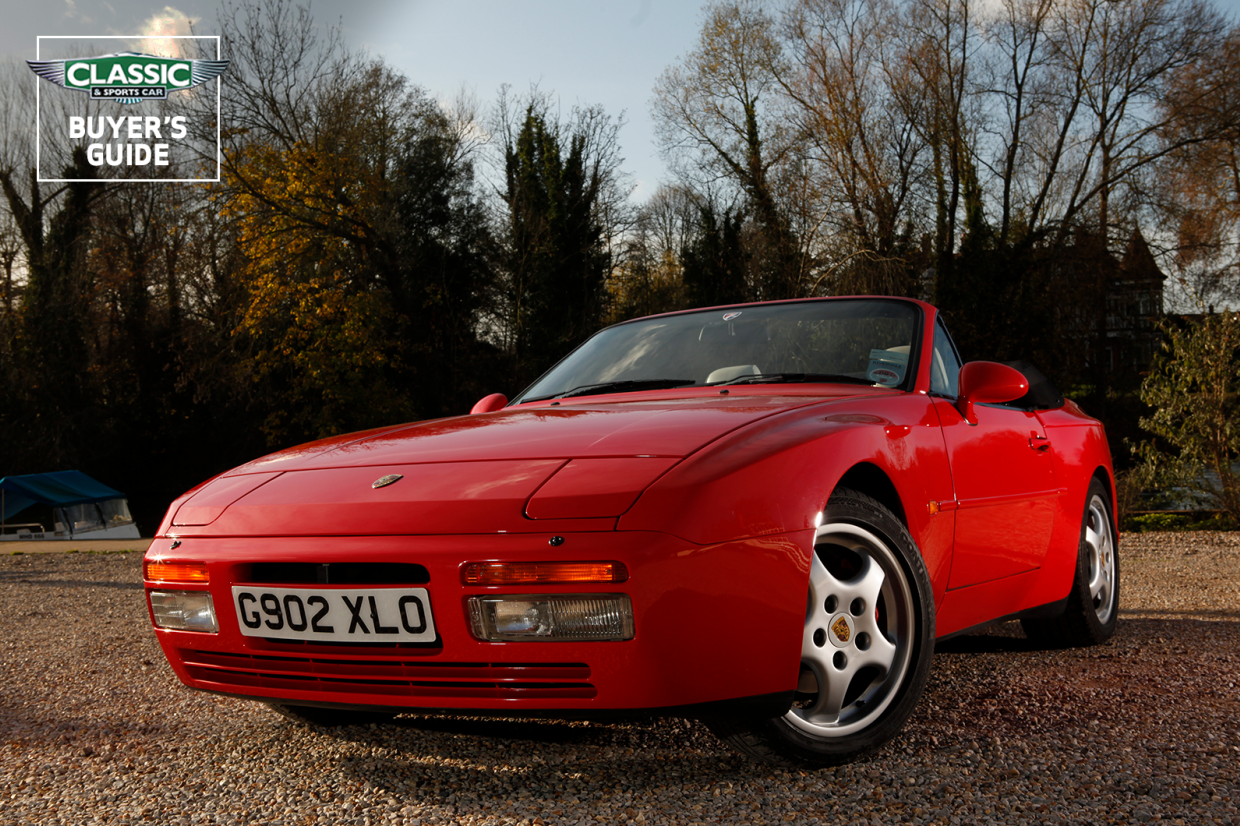
Why you’d want a Porsche 944
Meticulously built with top-quality components, the Porsche 944 was expensive new but offers a lot for the money today, especially when you factor in remarkably good fuel economy and quite exceptional parts availability for a 1980s classic.
With half a 928 engine and a superb handling/performance blend, the 944 had none of the ‘VW engine’ stigma of the 924. Twin Lanchester-type balancer shafts gave the big, powerful ‘four’ great smoothness.
It was installed in a flared-arch 924 Carrera GT-like bodyshell with 924 turbo suspension and brakes, becoming an instant hit. Steady improvement over its 10-year production life only enhanced that.
Full body galvanising was a feature from the start, but don’t be misled into thinking these cars cannot rust – they can and do, and not just from accident damage. Rotten sills, rusted through from the inside, are not unusual: galvanising doesn’t fully stop corrosion. Wing rot is common, too, and some cars are full of filler: check carefully, ideally with a magnet. Glassfibre front wings are a cheap option.

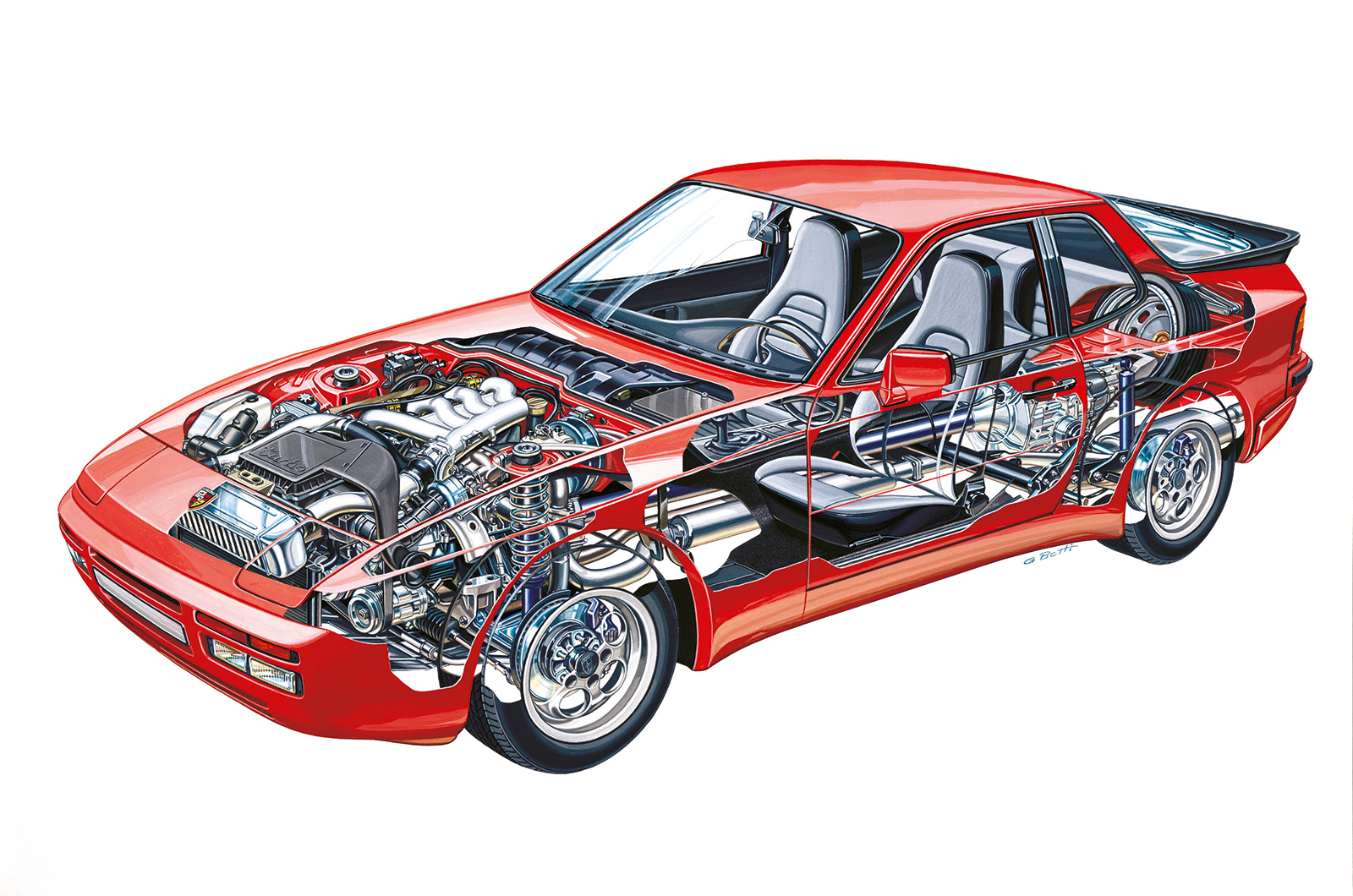
A high-mileage car with full history is likely to be much less costly to run, at least in the short term, because a low-mileage car will probably have faulty electrics (condensation leads to corrosion when sitting unused), seized brakes and other problems related to limited usage. Beware of false low-mileage claims, too, especially on early cars with five-digit odometers.

